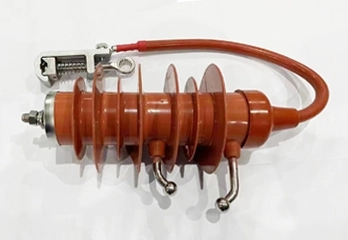en
+
a. Optical viscosity and good flow ability
b. Low shrinkage
c. The tension
d. No deformation
e. Good hardness
f. High-temperature resistance, acid and alkaline resistance, ageing resistance
RTV silicone rubber has excellent demolding properties compared to mould rubber, which is especially advantageous when performing production casting for resins (polyurethane, polyester and epoxy). No release agent is needed to avoid post-production cleaning. Silicone also has good chemical resistance and high-temperature resistance. Therefore, silicone moulds are suitable for casting metals and alloys with low melting points (e.g. zinc, tin, tin, etc.).
However, RTV silicone rubber is usually expensive - especially platinum-cured. They are also sensitive (called cure inhibition) to substances that may prevent the silicone from curing, such as sulphur-containing moulding clays such as Plastilina. Silicone is usually very thick (high viscosity) and must be vacuum-degassed prior to pouring to minimize bubble trapping. If a brush-coated rubber mould is made, the curing time factor between coatings is longer (longer than polyurethane or polysulfide, shorter than latex). The silicone components (A + B) must be accurately mixed by weight (the required ratio) or they will not work. Tin catalyst organosilicon contracted slightly and did not have a long shelf life. Ethoxysilane-based RTVS release acetic acid during curing, which corrodes the solder joints and separates the solder from the copper wire.




